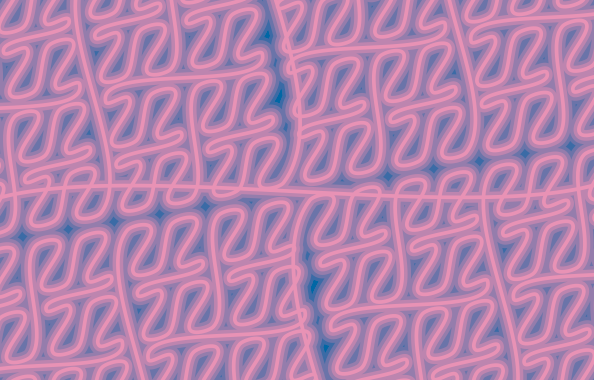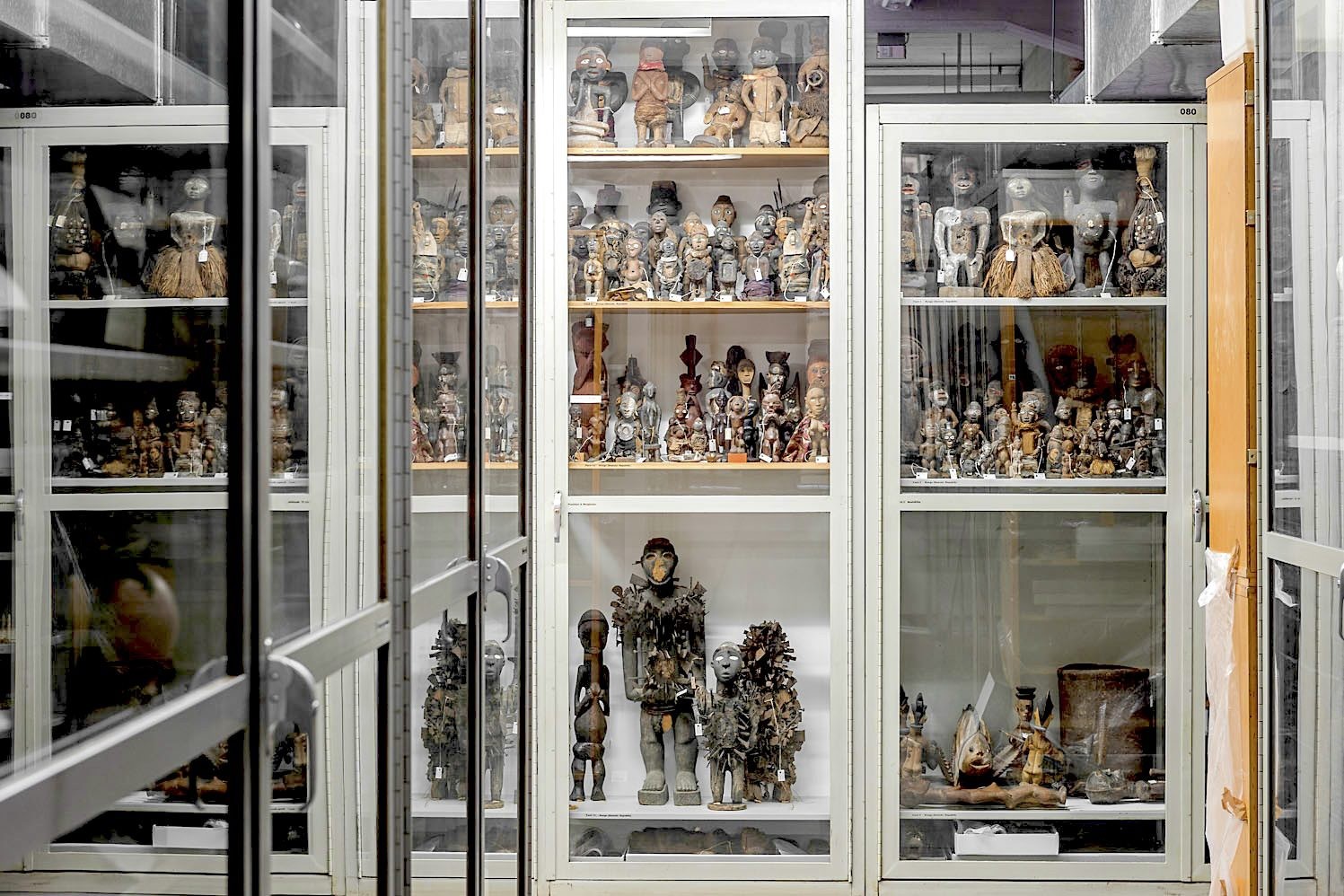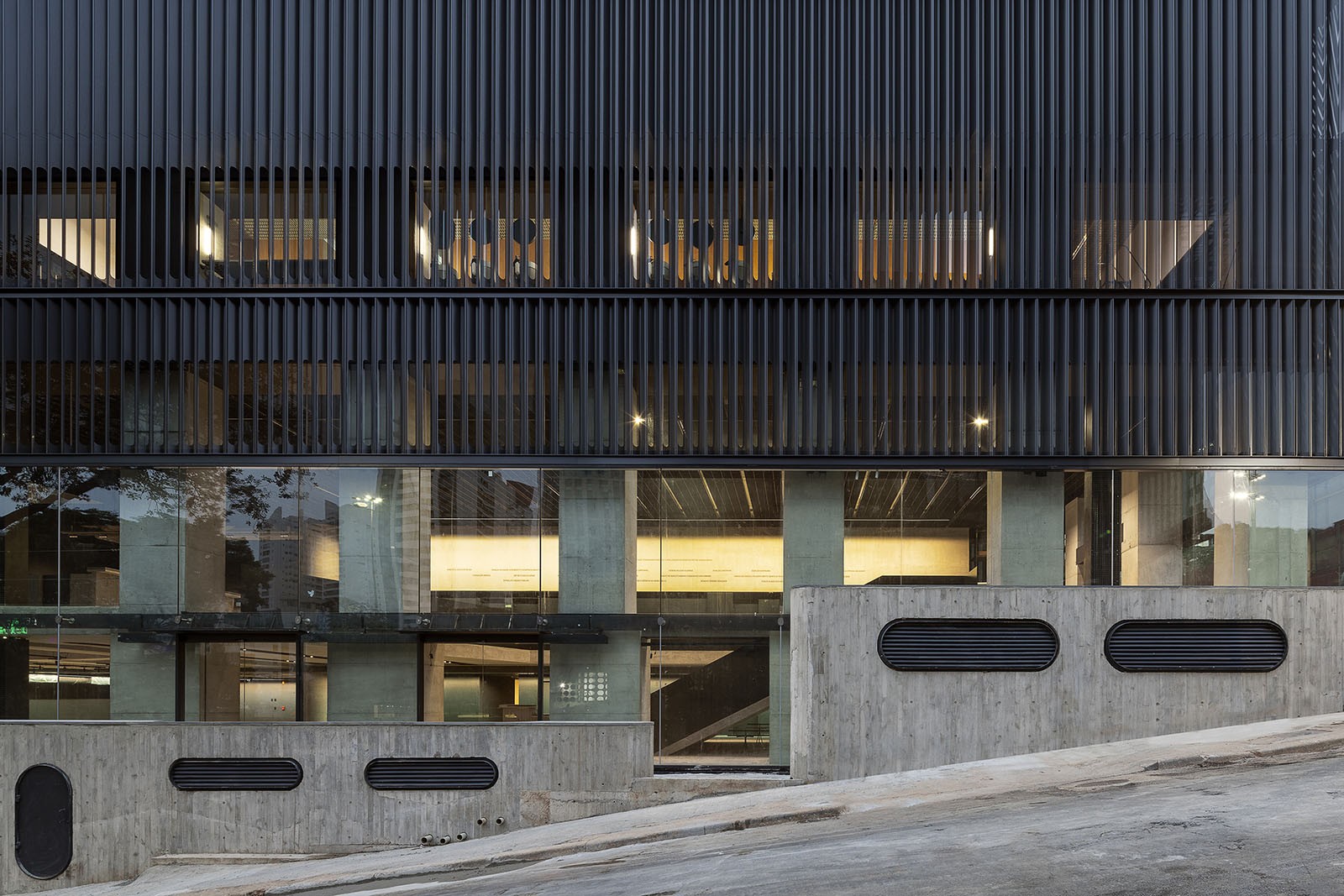Africa to get its own mega-museum
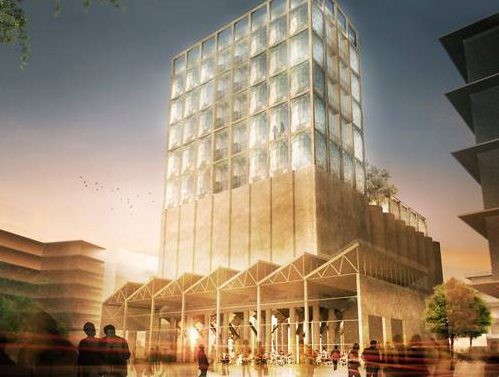
15 January 2014
Magazine C& Magazine
8 min read
The pigeons squatting Cape Town harbour’s derelict grain silo have been served notice: a new €35-million private contemporary art museum will soon occupy this historic building at the V&A Waterfront’s south-eastern industrial edge. Christened Zeitz Museum of Contemporary Art Africa (Zeitz MOCAA), the new museum will occupy 9,500 square metres across nine floors of the …
The pigeons squatting Cape Town harbour’s derelict grain silo have been served notice: a new €35-million private contemporary art museum will soon occupy this historic building at the V&A Waterfront’s south-eastern industrial edge. Christened Zeitz Museum of Contemporary Art Africa (Zeitz MOCAA), the new museum will occupy 9,500 square metres across nine floors of the disused grain silo, built in 1921. Nearly two-thirds of the renovated building will be devoted to exhibitions.
“It puts us on par with other major museums in the world,” stated Zeitz MOCAA’s new executive director Mark Coetzee at a launch event on 19 November. “It allows us not only to import culture but also to curate projects that we can export outwards.”
The new not-for-profit institution is more a tactical venture than a philanthropic one. Amongst other things, it will enable the Waterfront’s owners – Growthpoint Properties and the Government Employees Pension Fund – to establish an uninterrupted corridor between their existing retail and hospitality properties, and the rapidly expanding conference and financial district in the lower CBD. Culture will be the chief draw of the new so-called Silo Precinct.
“We researched different museums around the world and how they are pulled together: you need a building, a collection, curators, and an endowment fund to finance all that,” Waterfront CEO David Green told the M&G.
Having reviewed “dozens” of proposals to redevelop the grain silo since being decommissioned in 2001, the Waterfront’s management have bet on a strategic alliance with German businessman and art collector Jochen Zeitz. In ceding naming rights to Zeitz, the Waterfront will gain access to a youthful art collection pieced together by a globally connected businessman.
A trim man with greying reddish-brown beard and sharp nose, Zeitz (50) cut his teeth in business as a junior executive at Colgate-Palmolive’s New York office in the late 1980s, a period when bombastic neo-expressionist painters like David Salle and Julian Schnabel were the toast of the town. In 1993 he took over the management of sports brand Puma, ushering in a period of dynamic marketing and product innovation that saw the ailing company enjoy a decade-long run of profits.
Puma is noted for its early adoption of African football as a brand platform. In 2002, the year Zeitz started collecting art, Puma created a sleeveless kit for the Cameroonian national football team – it was subsequently banned by FIFA. Zeitz, who first travelled to Africa in 1989, to Kenya, cites the acquisition of a work by Isaac Julien, a London-born filmmaker and visual artist of West Indian parentage, as kick-starting his current focus on artists from Africa and its diaspora. In 2008, he purposefully set out to make his art collection as broadly representative as possible.
“I saw a great opportunity to contribute to something culturally relevant, and that is what ultimately got me to step up my commitment to take the collection to a level that would be able to be the basis for a major museum,” Zeitz told the M&G.
Although he is not a shareholder in the proposed new museum, Zeitz has agreed to commit his collection of African art to the new institution in perpetuity. He will also underwrite the museum’s running costs as well as provide an undisclosed acquisition budget.
Zeitz MOCAA is not the first private contemporary art museum in Cape Town, collector Piet Viljoen snagged the garland last year when he opened New Church to showcase his collection of South African art. Nor is Zeitz the only ambitious collector of contemporary African art. Other powerful figures include Congolese businessman Sindika Dokolo, Tunisian financier Kamel Lazaar, Nigerian media tycoon Nduka Obaigbena, Egyptian telecom magnate Naguib Sawiris, South African credit entrepreneur Gordon Schachat, and Beninese asset manager Lionel Zinsou, who launched a private art foundationand museum in Cotonou in 2005.
In contrast to the highly publicised Contemporary African Art Collection owned by French collector Jean Pigozzi, the Zeitz Collection evidences a more cosmopolitan understanding of the word Africa. Advised by Coetzee, a Cape Town-born artist who twice had his work censored on local exhibitions in the late 1990s before heading off to Miami in 2000 to manage the Rubell Family Collection, Zeitz’s collection includes work by English Turner Prize-winning painter Chris Ofili, Zimbabwean multimedia artist Kudzanai Chiurai, American painters Kehinde Wiley and Glenn Ligon (whose work President Barack Obama welcomed into the White House), South African-Dutch painter Marlene Dumas, as well as Kenyan-American collagist Wangechi Mutu and Ethiopian-American painter Julie Mehretu. A predictable grab bag of well-known names and safe bets, really.
But for Nandipha Mntambo, a Swazi artist who the Zeitz Collection has invested heavily in, all of these artists were well established before Zeitz acquired them. But it is still early days for this brash, publicity hungry collection, which has benefitted artists as much as it has dealers.
In June earlier this year, flanked by Coetzee, a heavyset man with a blond mane and pinched eyes, Zeitz visited the 2013 Venice Biennale. There he bought Angolan photojournalist Edson Chagas’s eccentric but beautiful photographic installation, which had just clinched first-time exhibitor Angola the coveted Golden Lion for best pavilion. In 2011, a year before he resigned from the board of Puma, Zeitz was also in Venice shopping; he bought a large rubber and ribbon sculpture portraying a winged creature by Johannesburg sculptor Nicholas Hlobo.
“Not only are we interested in putting together a great collection that will be publicly shown here, but also acquiring the most important, seminal objects, installations, moments that are happening right now, and securing them for Cape Town,” offered Coetzee at the launch event, held in a new temporary pavilion near Bascule Bridge.
News of the proposed Zeitz MOCAA has been optimistically received.
“The project speaks of vision and volition, as well as sustainability for the future, elements that are sadly lacking – if not altogether absent – in public museums in South Africa, in which creativity and transparency are stifled by lack of money, bureaucracy, self-censorship and a desire to please government,” said Marilyn Martin, formerly director of the South African National Gallery.
In the early 1990s, during the first decade of her lengthy tenure at the cash-strapped public museum, Martin was involved in a proposal for a publically owned contemporary art space for Cape Town. Later, together with art-interested judge Albie Sachs and architect Vanessa September, she was also involved in a separate project to transform the Athlone power station into an art venue. Both these projects came to naught. She believes the new museum will have a substantial “ripple effect” that will benefit the art industry broadly.
I asked Zeitz if his heritage as a white European part-time resident of Africa might not dilute perceptions of the new museum’s foundation collection.
“I believe in diversity,” responded Zeitz, who earlier this year curiously paid R2.8 million at auction for the yellow Gipsy Moth biplane used in the cliché-rich 1985 film Out of Africa. “My life has been built around friendships, associations, cultural understanding and travelling the globe.”
The question, which clearly piqued, is neither fatuous nor out of bounds, especially given Zeitz’s own loud attempts to flag issues of race and visibility in the art world. In 2008, Zeitz, together with Coetzee and the Rubell Family Collection, organised an exhibition of 31 African American artists. Titled 30 Americans, the show, which is still touring the US, featured some of the artists now held in his collection.
At the Cape Town launch of Zeitz MOCAA, Zeitz told an assembled crowd that this exhibition was the “first ever African-American major exhibition in the United States”. History remembers otherwise. In 1965, a group of New York-based African-American artists organised the now seminal exhibition First Group Showing. Later, in 1987, the Pennsylvania Academy of the Fine Arts hosted Hidden Heritage, a huge showcase of Afro-American art from 1800 to 1950. On balance, it is a minor fudging of the truth – one that nonetheless points to the need for clear-headedness in a plucky cultural backwater belatedly entering the era of the mega-museum.
Sean O’Toole is a writer and co-editor ofCityScapes, a critical journal for urban enquiry. He lives in Cape Town, South Africa.
Read more from
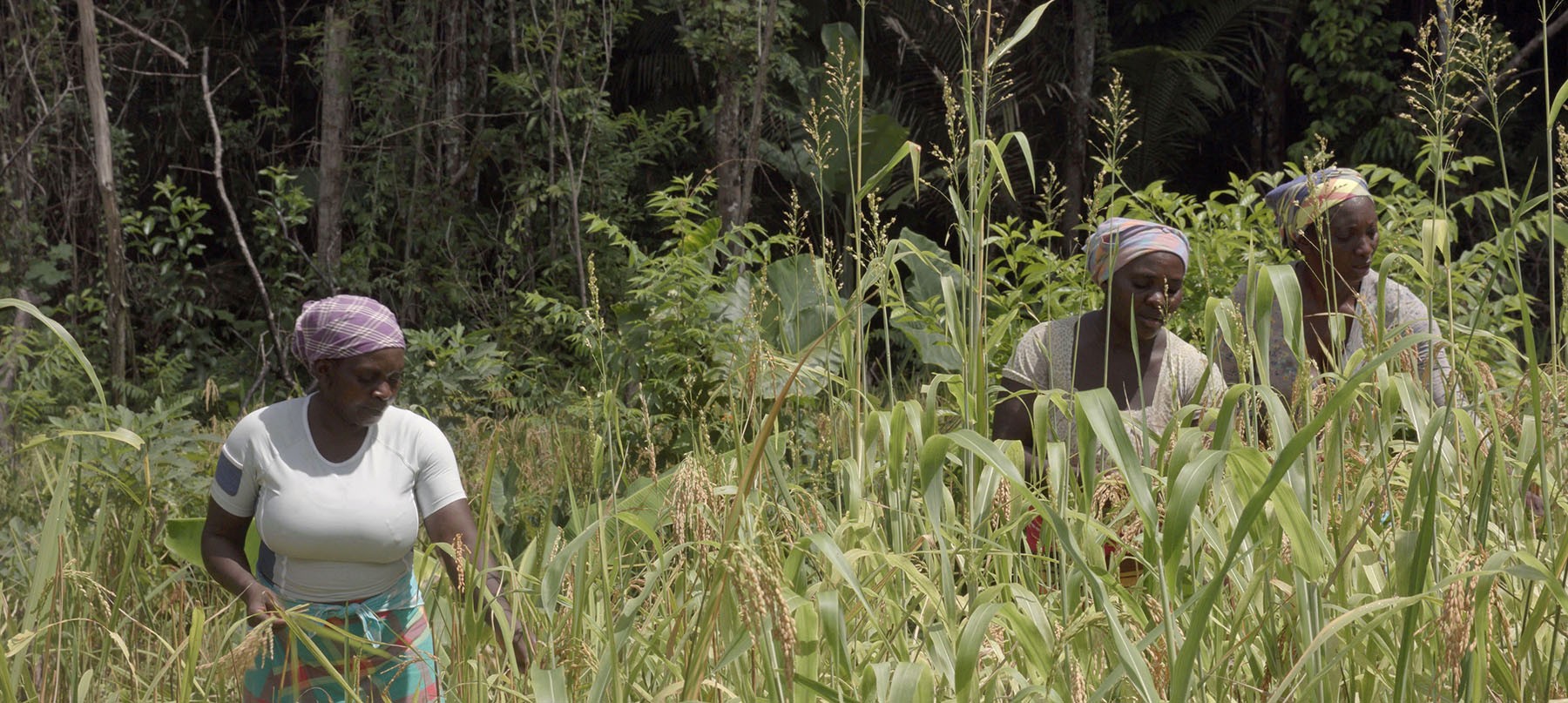
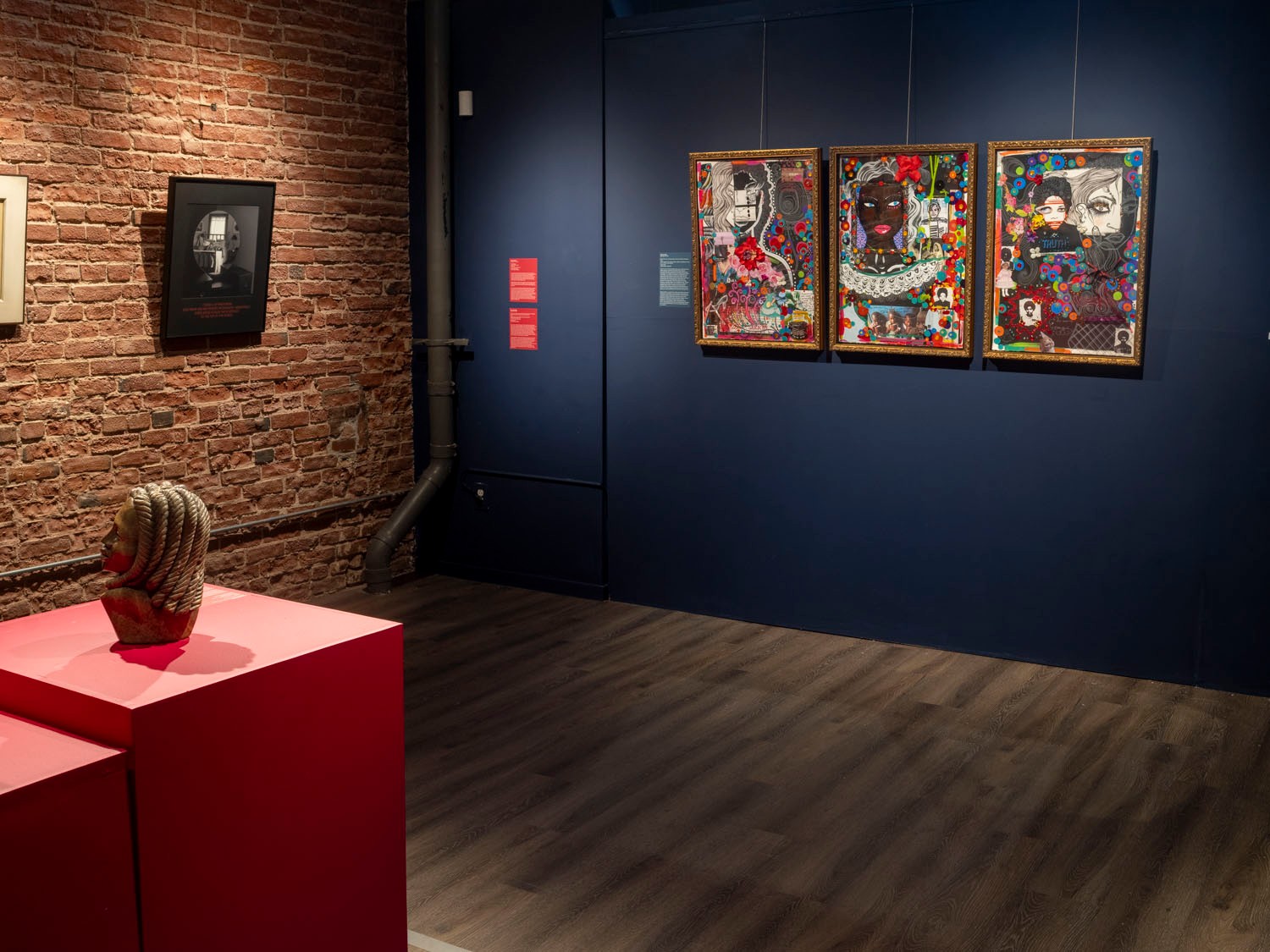
The Order of New Arts opens a new cultural space in the United States
